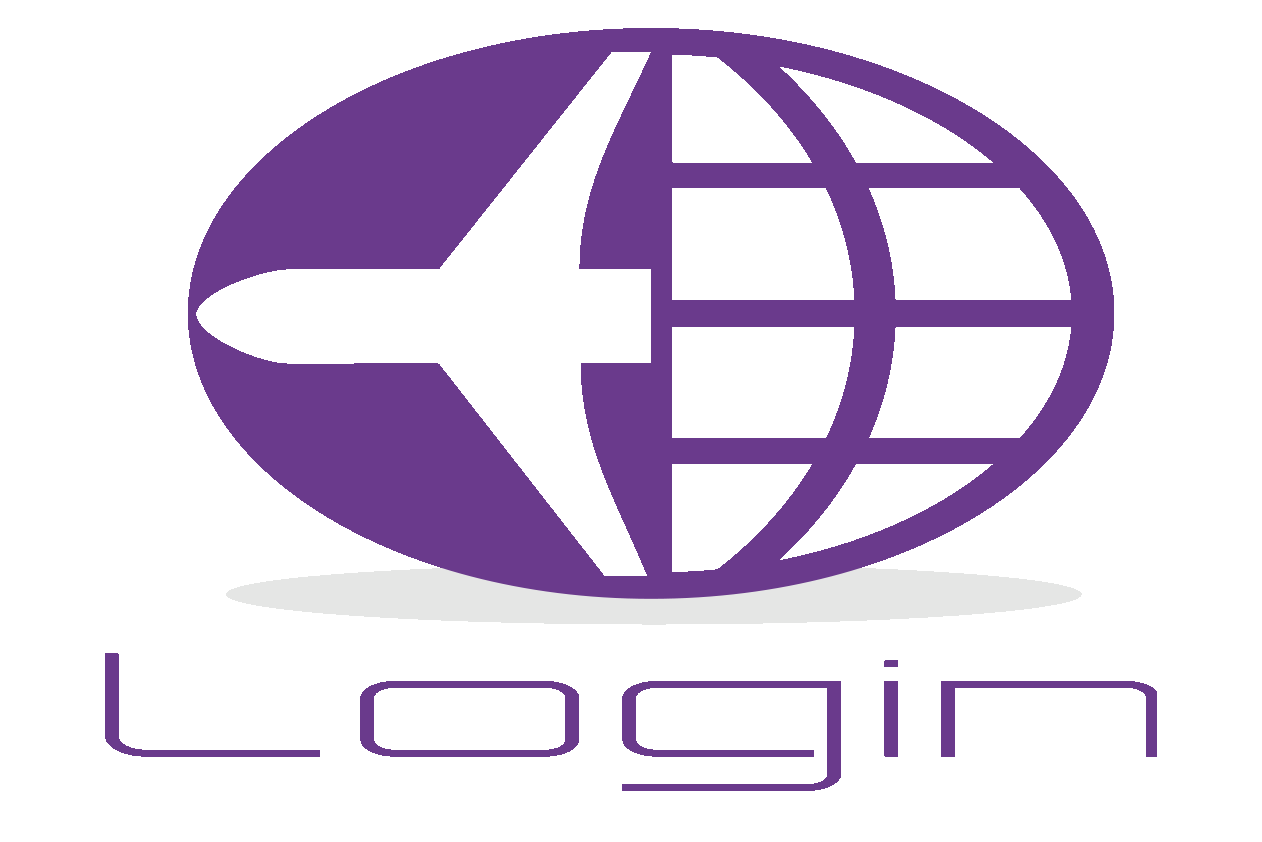The Future of Bizav
The industry is slowly moving towards a carbon-neutral future. Companies and stakeholders have shown concern about the impact of carbon emissions and what that could mean for the future. The aviation industry it’s committed to reduce the emissions of CO2 and improve fuel efficiency making the adoption of SAF a key factor.
What is SAF?
Sustainable Alternative Jet Fuel (SAJF or SAF) it’s the term used to reference non-petroleum-based fuels, which can come from biological (Biofuels) sources such as plants like algae or Jatropha but also waste from households or businesses, used cooking oil, and forestry residues. Many of the things that are considered waste can be used to create jet fuel instead of being dumped in a landfill. It can also come from non-biological sources like a process using electric energy, water, and CO2. Both of these sources are renewable to ensure that the creation of this fuel doesn’t further damage the environment and without the risk of running out.
it’s then blended with traditional kerosene (Jet A) making it compatible with any type of jet without modifications to the aircraft. Its renewable lifecycle reduces CO2 emissions up to 80%.
The benefits
Besides the benefits it brings to the environment by reducing CO2 emissions, it can also bring fuel price stability which is one of the goals that the aviation industry wants to achieve.
Currently, the price of SAF is higher than regular fuel, however, regular fuel prices are unstable more so with the coronavirus pandemic, making the gap between the two unnoticeable. There are also efforts to give tax incentives for the use of SAF, which reduces further the gap between the fuels. The current administration was presented with the proposal for a blender’s tax credit for $1.50 per gallon of SAF by a group made of aircraft operators, fuel producers, pilot unions and more.
As mentioned above, because SAF is blended with Jet-A, it meets all the requirements to be safe and efficient. It can be used with any kind of Jet regardless of the year it was made. The aircraft delivers the same performance as regular fuel without contributing to air pollution.
Availability
SAF is not widely available yet, companies are currently implementing a book and claim program.
“Under this program, business jet operators can purchase SAF at an airport where it is unavailable and receive credit for its supply and use at an airport where it is available."
-Fueling the future guide
WorldFuel and Avfuel are the principal distributors of this new fuel for the business aviation industry. Currently, in the United States, SAF is already available in states like California, New York, Washington and it’s slowly spreading to other states. However, it needs the aid of aircraft operators to claim the fuel at their preferred FBO or request it with their aircraft management agency like Login Aviation. The demand will call for more development, storage, and delivery mechanisms to be implemented making it more widely available.
“Book & Claim generally refers to like-for-like — a renewable fuel gallon is booked here, claimed there, but it’s all renewable fuel. Offsets can be unlike-for-like — a renewable power gigawatt is booked here, but claimed against an aviation offset credit purchaser there, for example, When the purchaser pays to offset a fossil fuel gallon of aviation fuel, the offset money could be used to create solar power in Burundi.”
-Jim Lane, “The Letters of (Low Carbon) Transit: business aviation and World Energy pard’ner up, via book & claim.”
GOING FOWARD
Aircraft manufacturers like Gulfstream, Bombardier, and Dassault are already involved in this transition.
Gulfstream has already established using SAF as a company and has recently begun to sell its aircrafts with it.
For commercial airlines, SAF is old news. In 2016, United Airlines became the first commercial airline to use SAF on a regular basis. Other companies like Jetblue and American Airlines were soon to follow the lead. The U.S Department of Energy believes the amount of SAF produced in the country will equal the amount of Jet-A produced by 2030.
The aviation industry has always been driven by innovation making it important to be informed of any changes affecting the future of the industry. No matter what your point of view is on the environment, SAF it’s slowly taking over.
TO LEARN MORE
- SAJF






